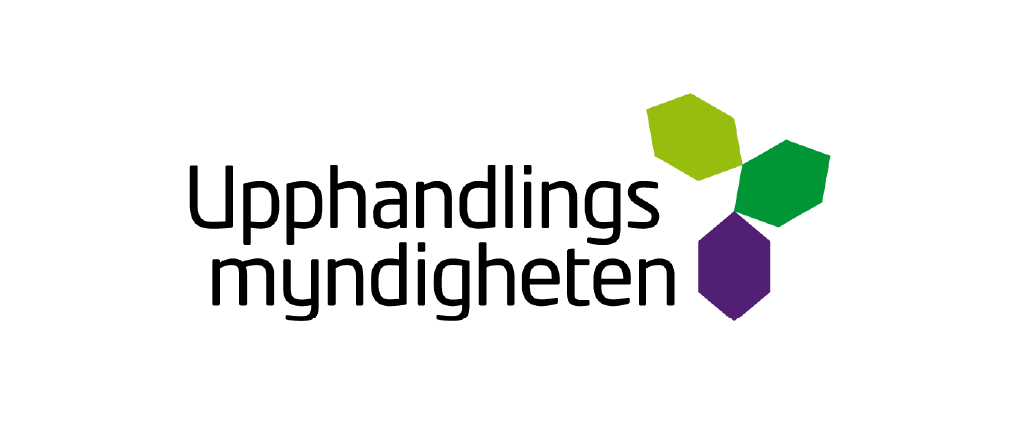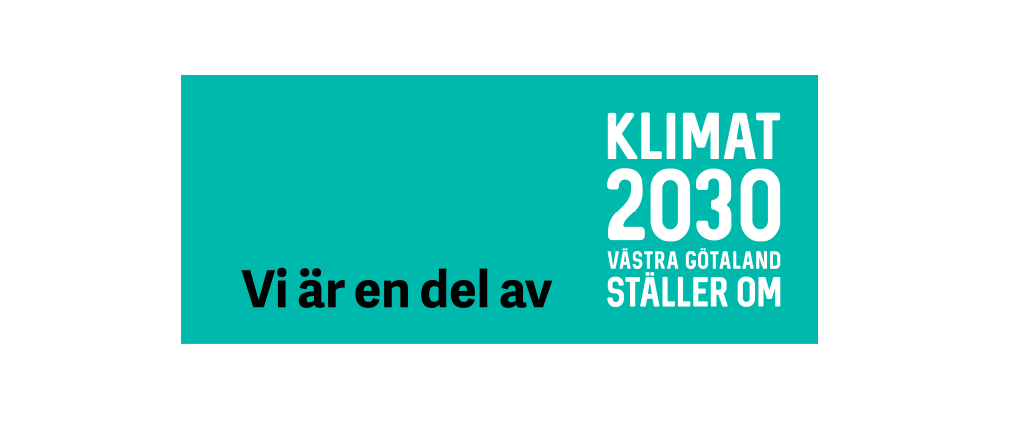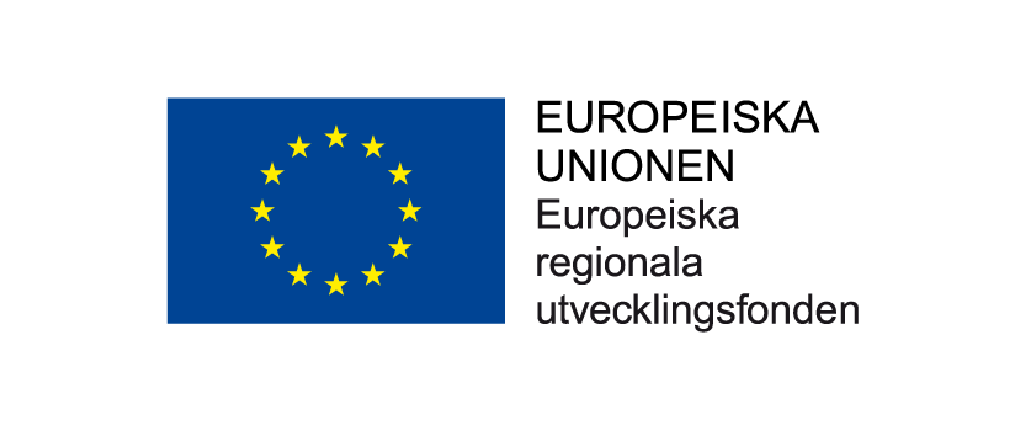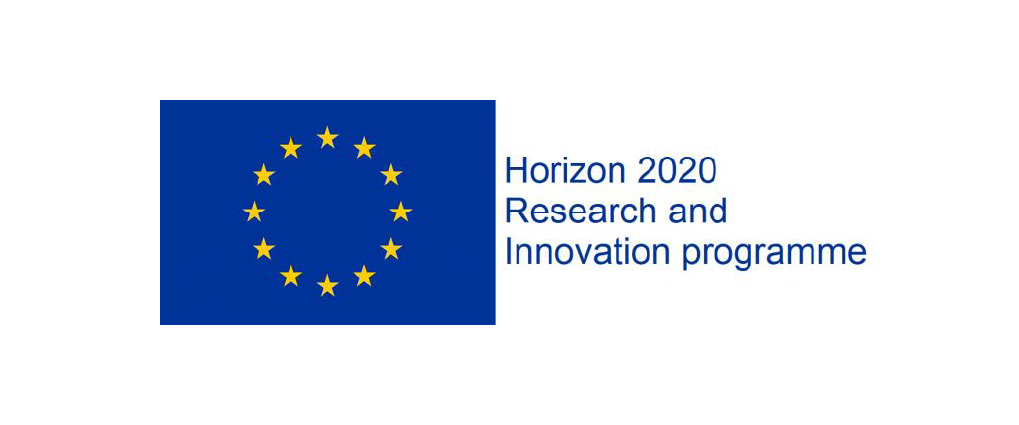The Nordic market for climate friendly buildings – status, barriers and opportunities
- Utgivare: Proceeding of eceee Summer Study 2011, Toulon, France, paper 5-123, page 1095 - 1106
- År: 2011
- Författare: Åsa Wahlström, Inger Andresen, Kirsten Engelund Thomsen
- Typ: Konferensbidrag
This paper summarizes the findings of a project financed by the Nordic Council of Ministers. The main goal was to establish a knowledge and decision base for a Nordic innovation program. The project included a survey of the Nordic market for low energy buildings (LEBs) related to codes and regulations, incentives, technologies, design and planning strategies, concepts and demonstration projects for LEBs. Interviews with 45 representatives of the building industry were performed.
All the Nordic countries except Iceland have introduced energy requirements for new buildings in line with the EU regulations. However, the requirements differ from country to country, and different advantages and disadvantages were identified. In general, the building energy codes for new Buildings are quite advanced in the Nordic countries, but there is an urgent need to plan for the needed upgrading of the existing building stock.
Statistics about the market for LEBs are relatively poor, however, it is estimated that for residential buildings, the market share of LEBs is about 10 % in the Nordic countries (except Island). The Nordic countries have developed a range of Technologies for LEBs, in particular solutions for thermal insulation and air tightness. Also, technologies such as very efficient windows have been developed. However, the technologies have not reached wide spread use.
New design and planning practices like integrated energy design (IED), partnering, and energy performance contracts are being used to a limited degree. There is a great need for well documented and successful pilot projects to serve as “leading stars” for the development of the LEB market.
The interviews indicated that a common Nordic program could increase the Nordic LEB business strongholds, and lead to higher market penetration for Nordic LEB products and services both within the Nordic region and toward increased exports.





